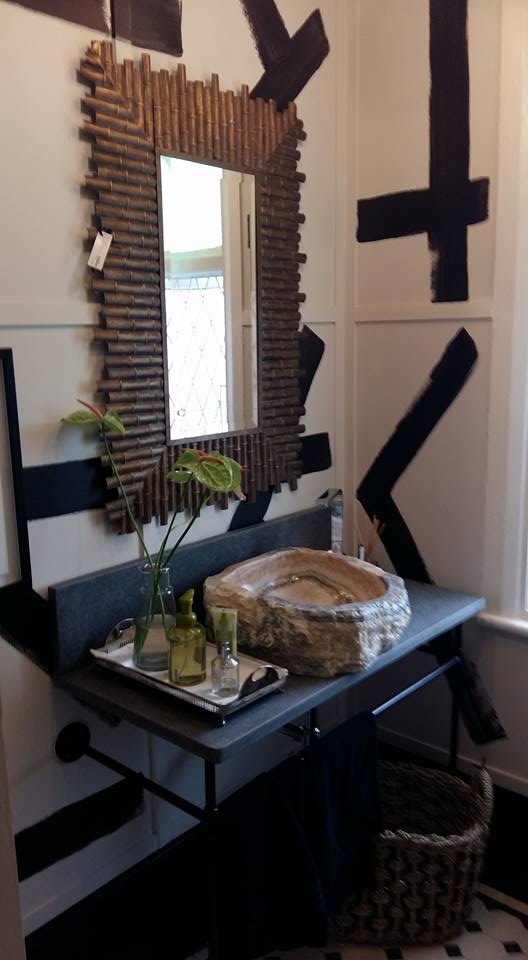Granite is a popular choice for countertops due to its durability and beauty, but it can be prone to staining if it is not properly sealed and maintained. So, are granite countertops prone to staining?
Granite countertops can be prone to staining if they are not properly sealed and maintained. To prevent staining, it’s important to seal the granite regularly and clean up spills and messes promptly. If a stain does occur, it can usually be removed with a granite-specific cleaner or a poultice. With proper care and maintenance, staining should not be a major concern with granite countertops.
If you’re considering granite countertops, you may be wondering how to prevent staining and how to remove stains if they do occur. Here’s what you need to know:
How to prevent staining on granite countertops
The best way to prevent staining on granite countertops is to seal the granite regularly. Sealing the granite creates a barrier that helps to protect it from stains and damage. To seal your granite countertops, follow these steps:
- Clean the surface: Before sealing your granite, it’s important to clean the surface thoroughly to remove any dirt, grime, or stains. You can use a mild dish soap and water or a granite-specific cleaner to clean your countertops. Be sure to rinse the surface well and dry it with a soft, lint-free cloth.
- Choose a sealer: There are many different sealers available for granite, and it’s important to choose one that is specifically designed for granite. Look for a sealer that is easy to apply and provides long-lasting protection.
- Apply the sealer: Follow the instructions on the sealer’s packaging for the best results. Generally, you’ll want to apply a thin, even layer of sealer using a cloth or sponge. Be sure to get the sealer into all the cracks and crevices of your countertops to ensure complete coverage.
- Allow the sealer to dry: After applying the sealer, it’s important to allow it to dry completely. Follow the drying time recommended on the sealer’s packaging, as this will vary depending on the specific product you’re using.
- Wipe off any excess sealer: Once the sealer has dried, you may notice a hazy or cloudy film on the surface of your granite. This is an excess sealer that needs to be wiped off. Use a clean, dry cloth to buff the surface of the granite until the film is removed and the granite is shiny and clear.
Granite should be sealed every 1-3 years, depending on the specific type of granite and the level of use it receives. To determine when it’s time to reseal your granite, perform the water.
How to remove stains from granite countertops
Despite your best efforts, stains may still occur on your granite countertops. If this happens, it’s important to act quickly to remove the stain before it has a chance to set in. Here’s how to remove stains from granite countertops:
- Blot the stain: The first step in removing a stain from granite is to blot the stain with a clean, absorbent cloth. Be sure to blot the stain, rather than scrubbing or wiping it, as this can spread the stain or damage the granite.
- Use a granite-specific cleaner: If the stain is still visible after blotting, try using a granite-specific cleaner to remove it. These cleaners are designed specifically for granite and can be effective at removing stains. Follow the instructions on the cleaner’s packaging for the best results.
- Use a poultice: If the stain is still present after using a granite-specific cleaner, you may need to use a poultice to remove it. A poultice is a paste-like substance made of a mild abrasive and a solvent, such as water or acetone. To use a poultice, apply a thick layer of the poultice to the stain and cover it with plastic wrap. Allow the poultice to sit for 24-48 hours, then remove the plastic wrap and use a clean, dry cloth to wipe away the poultice.
- Repeat the process as needed: If the stain is still present after using a poultice, you may need to repeat the process. It may take several applications to completely remove the stain.
By following these steps, you can prevent and remove stains on your granite countertops, keeping them looking beautiful and protected for many years to come.
Granite Countertop Staining: Is it a Big Concern?
While granite is generally a durable and stain-resistant material, it is not completely immune to staining. To prevent staining on granite countertops, it’s important to seal the granite regularly and clean up spills and messes promptly. If a stain does occur, it can usually be removed with a granite-specific cleaner or a poultice. With proper care and maintenance, staining should not be a major concern with granite countertops.















